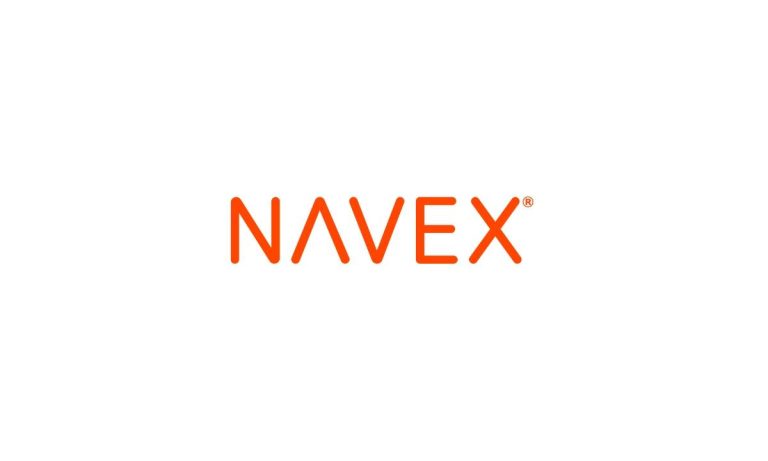
Recession fears have dogged Americans since the Covid years, and they’re showing no signs of stopping.
In March, J.P. Morgan’s chief economist said there’s a 40% chance the U.S. will face a recession in 2025. Veronica Willis, global investment strategist at Wells Fargo Investment Institute, says that whether a recession is coming or not, the economy is already in a “slow patch.”
Don’t miss
- I’m 49 years old and have nothing saved for retirement — what should I do? Don’t panic. Here are 5 of the easiest ways you can catch up (and fast)
- Thanks to Jeff Bezos, you can now become a landlord for as little as $100 — and no, you don’t have to deal with tenants or fix freezers. Here’s how
- Gain potential quarterly income through this $1B private real estate fund — even if you’re not a millionaire. Here’s how to get started with as little as $10
Now, with a rocky stock market, President Trump’s tariffs and weakened tourism, the U.S. may be on the verge of an economic downturn.
And while many Americans may find this concerning, there are ways to protect yourself and your investments from volatility. Below are three strategies for keeping your bank balance in the black and ensuring your investments are stable.
Adjusting your investment strategy
Now more than ever, it’s important to ensure your portfolio is properly diversified.
Too much exposure to the stock market could mean significant losses, a thing you especially want to avoid if you’re nearing retirement. Even in times of economic prosperity, retirees should look to trade in the bulk of their stock options for safer investments such as bonds, high-yield savings accounts and inflation-protected securities.
Seth Mullikin, a certified financial planner in Charlotte, North Carolina, told USA Today that retirees “do not want to be withdrawing from an aggressive portfolio during a recession.”
Meanwhile, if you have decades before you retire, you may want to ride out the storm.
“The fact that the stock market is down 7% or 10% now isn’t so concerning,” Sean Higgins, an associate professor of finance at the Kellogg School of Management at Northwestern University, shared with USA Today on April 3.
In fact, this might be an opportunity to buy up stocks that are selling low but have growth potential for the future. It’s “a great time to buy stocks because you’re getting them at a discount,” says Willis.
As for your current stocks, it’s better to hold than to sell them at a loss. “It’s too late to start thinking of pulling out of equities because you’ve already seen that downturn,” Willis said. Instead, look forward to better times when the market recovers.
In the meantime, make sure you have exposure to assets like stocks and bonds, and commodities like gold, which has been a strong player in these last few years of economic volatility.
Read more: Want an extra $1,300,000 when you retire? Dave Ramsey says this 7-step plan ‘works every single time’ to kill debt, get rich in America — and that ‘anyone’ can do it
Reducing debt and expenses
According to LendingTree, the average interest rate for a credit card in the U.S. is 24.2%. If you are carrying a balance on any of your credit cards, now is the time to put a plan in place for paying off those debts.
During a recession, paying down debt and reducing expenses is essential. If you don’t already have a budget and a spending tracker, now is an excellent time to put these measures in place.
Track your spending for a month and get a realistic portrait of how you use your money. From there, you can decide on the best ways to trim, as well as how much you can afford to put towards debt repayment each month.
While you’re in the process of budgeting, don’t forget to review your fixed expenses like monthly bills, insurance and car loans. Set aside the time to call providers, like your cell phone and internet companies, and ask for ways to reduce your monthly bill. You might also shop around for better insurance coverage for your home and auto.
Finally, it’s a good time to question whether you can opt for a cheaper car. The average loan for a new car is $735 per month, according to data from Experian. If you can opt for a second-hand car or lease a less-expensive model, you could trim thousands of dollars from your budget.
Building an emergency fund
Lastly, whether you have a large portfolio of investments or you’re living modestly, it’s important to set aside funds for a rainy day.
An emergency fund is crucial for financial health, as it prevents you from going into debt when unexpected expenses arise. The popular wisdom is that you should have six months’ of expenses saved, but even a couple thousand dollars is a good start and can prevent headaches down the line.
If you don’t have an emergency fund, one of the best ways to begin saving is to set a monthly goal and put the funds in a high-yield savings account, where the money can grow and keep up with the rate of inflation. Even a modest amount can add up over time and help you in emergency situations like a car accident or losing your job.
According to a report from Bankrate, 27% of Americans don’t have an emergency fund. Today is a great time to begin to get your financial health back on track.
What to read next
- Don’t have the cash to pay Uncle Sam in 2025? You may already be eligible for a ‘streamlined’ handshake with the IRS — here’s how it works and how it can potentially save you thousands
- Here are 5 ‘must have’ items that Americans (almost) always overpay for — and very quickly regret. How many are hurting you?
- Robert Kiyosaki warns of a ‘Greater Depression’ coming to the US — with millions of Americans going poor. But he says these 2 ‘easy-money’ assets will bring in great wealth. How to get in now
This article provides information only and should not be construed as advice. It is provided without warranty of any kind.


